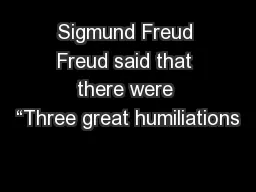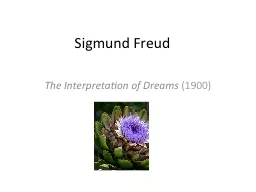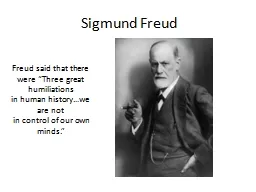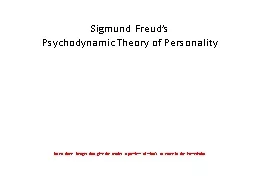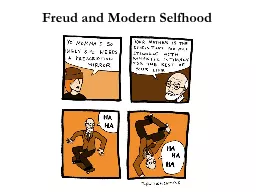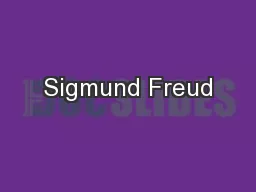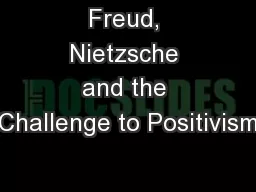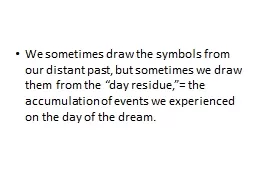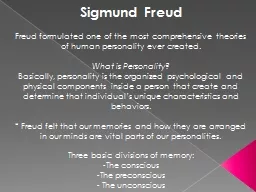PPT-Sigmund Freud Freud said that there were “Three great humiliations
Author : alida-meadow | Published Date : 2018-11-02
in human historywe are not in control of our own minds Important dates in his life Born May 61856 At 17 he attended the University of Vienna to study medicine He
Presentation Embed Code
Download Presentation
Download Presentation The PPT/PDF document "Sigmund Freud Freud said that there were..." is the property of its rightful owner. Permission is granted to download and print the materials on this website for personal, non-commercial use only, and to display it on your personal computer provided you do not modify the materials and that you retain all copyright notices contained in the materials. By downloading content from our website, you accept the terms of this agreement.
Sigmund Freud Freud said that there were “Three great humiliations: Transcript
Download Rules Of Document
"Sigmund Freud Freud said that there were “Three great humiliations"The content belongs to its owner. You may download and print it for personal use, without modification, and keep all copyright notices. By downloading, you agree to these terms.
Related Documents

